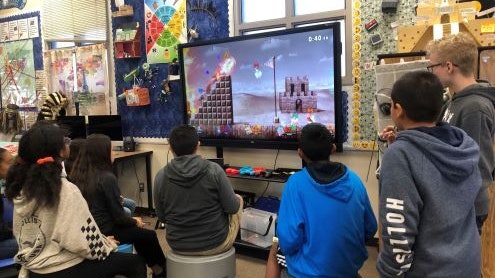Homepage
•
Learning Library
•
Blog
•
Design Class Gives Students the Power of Choice
Expand breadcrumbs
Expand breadcrumbs
- Learning Library
- Blog
- Design Class Gives Students the Power of Choice
- Homepage
- •
- Learning Library
- •
- Blog
- •
- Design Class Gives Students the Power of Choice
Design Class Gives Students the Power of Choice
By Nicole Krueger
March 30, 2020








